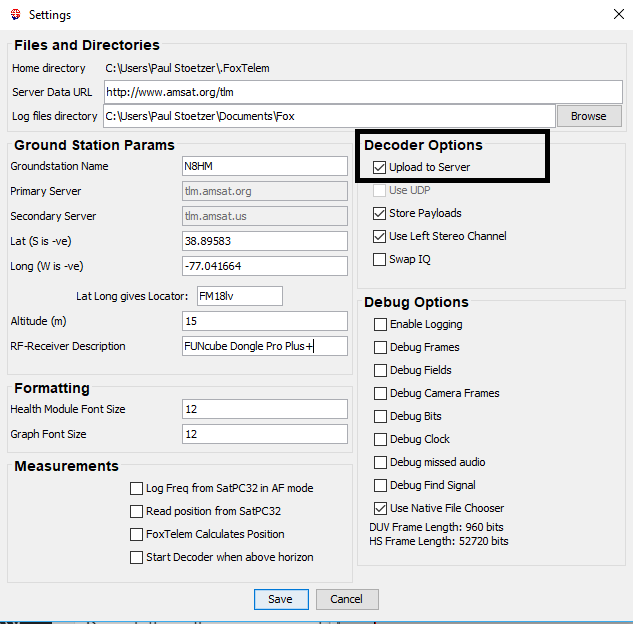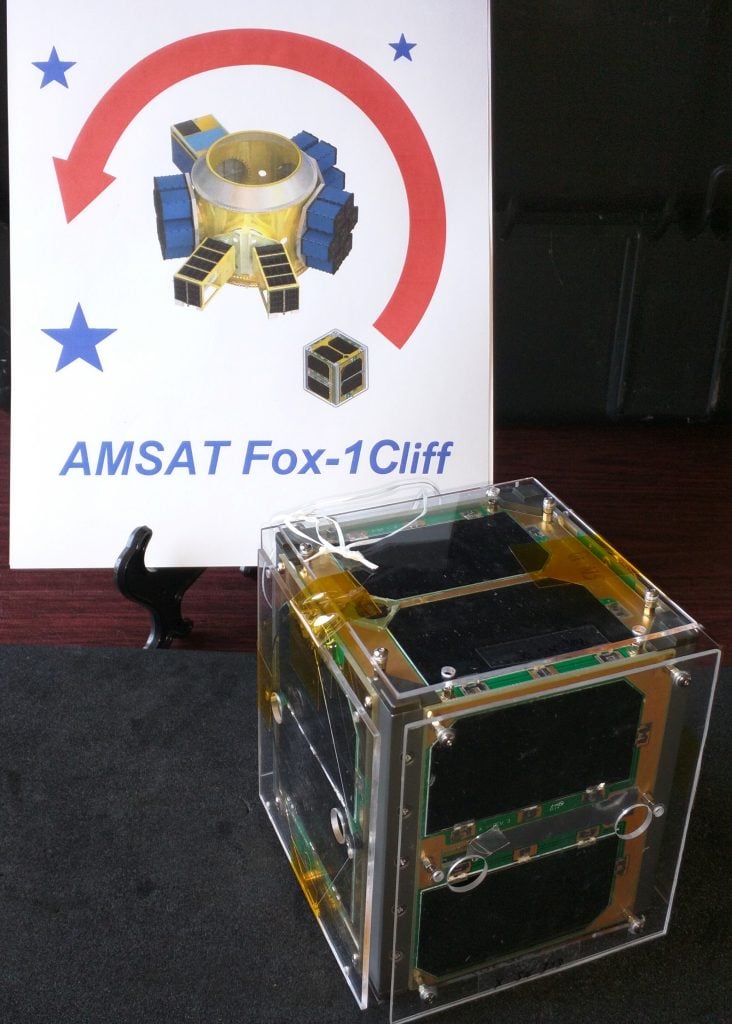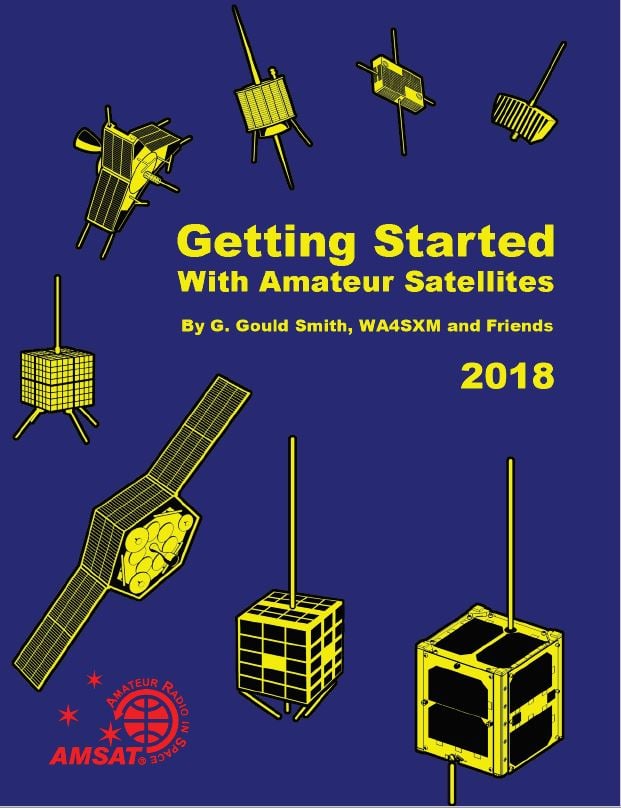Following the successful launch and deployment of Fox-1Cliff, all amateur radio satellite enthusiasts can play an important part in the commissioning of the new satellite. Telemetry helps us tremendously, starting ASAP after startup (~59 minutes after deployment*) and for the next 72-96 hours at least (for the life of the satellite is preferred!) as we look for successful startup, watch the general health and function as the satellite begins to acclimate to space, and start to perform the on orbit checkout. The first station to successfully receive and submit telemetry to the AMSAT server will receive a special 3D printed QSL card acknowledging their contribution.
If you are capturing telemetry with FoxTelem, please be sure that “Upload to Server” is checked in your settings and your Ground Station Params are filled in as well. You can help AMSAT and everyone waiting to get on the air with Fox-1Cliff tremendously, by capturing Fox-1Cliff telemetry.

In the initial Safe Mode after startup, which we actually call Beacon Mode, the transmitter is limited to 10 seconds on time then does the two minutes off cycle. For those of you capturing telemetry, that means that you will only see Current frames and no High or Low frames because the High and Low are truncated as it takes just over 10 seconds to send two frames. You will hear Veronica announcing “Fox-1Cliff Safe Mode” while in Beacon Mode.
We will likely leave the satellite in Beacon Mode for 24 hours to observe power telemetry. If we are seeing good readings from what you gather, when it comes over the U.S. for the first good pass after that holding period we will command it from Beacon Mode to normal Safe Mode. That puts Fox-1Cliff in full (still Safe Mode though) operation and transmits a full two frames of telemetry which is one Current frame followed by, and alternating each ID cycle, a High or a Low frame.
We will begin the rest of the in orbit checklist activities at that time, and it is expected to take 7 to 10 days given the Thanksgiving holiday.
Help your friends and all of our satellite ham friends get on the air and have fun sooner by being polite and patient!
The in orbit checkout procedure is similar to Fox-1D and could be completed in as little as 7 days if we have the cooperation of the users. It is very important, not to mention just plain good Amateur Operating Practice, to refrain from using the transponder uplink so we can do the on orbit tests, including when we turn on transponder mode for testing. I cannot stress enough, the importance of this cooperation not just for us but also for all users, simply having a little patience so we can conduct the tests as quickly and accurately as possible.
AMSAT will make it broadly known when the tests are complete and the transponder is available for all to use. If you hear someone on the transponder, please do not assume that it is open for general use – check our website, Facebook, Twitter, to be sure you are not accidentally jumping in with and unwittingly causing interference as well.
Many hams put thousands of volunteer hours of their time into making Fox-1Cliff happen. Just like any ham radio project you might undertake, we build satellites. We do it because we like to, and when we are done, we freely share our project with hams everywhere as is the spirit of amateur radio. I have to say though, that the incidents we have experienced in the past with stations intentionally disregarding the command stations requests to keep the frequency clear during testing not only delays the commissioning, but also negatively impacts the enthusiasm that our volunteers feel toward handing over a new bird to the members and users as soon as possible.
I am asking all satellite hams to contribute just a little bit of your time to the fun now, by being patient and just gathering telemetry, not using the transponder uplink, and helping us complete the last few days of getting Fox-1Cliff in orbit and operating for all of you.
Thank you very much, see you on the bird!
Jerry Buxton, N0JY
(AMSAT VP Engineering)
*Time of deployment will be made generally available through AMSAT as soon as Spaceflight provides the information to us.




